
Bathroom Freezer F Type Shaped Waterproof Rubber Seal Strip Glass Door Rubber Seal Strip Glass Shower Door Plastic Seal


Car Window Door Rubber Glass Weather Strip Seal Weatherstrip Window Moulding Trim Seal Belt Weather Strip Fit For Hyundai







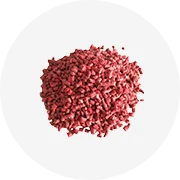
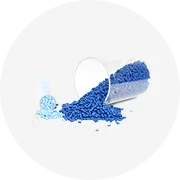
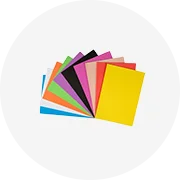
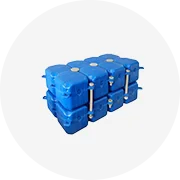
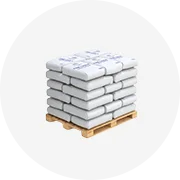
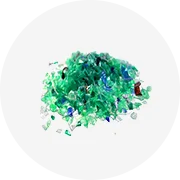
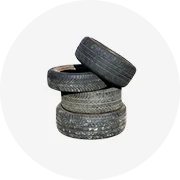
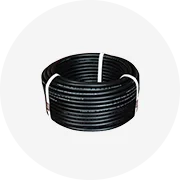

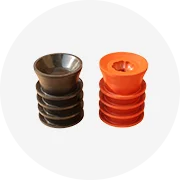
Waterproof rubber seal strips serve as a critical component in various sealing applications, providing a barrier against moisture, dust, and environmental elements. These strips are essential for ensuring the integrity and longevity of enclosures, machinery, and buildings.
The variety of waterproof rubber seal strips includes different materials such as silicone, EPDM, neoprene, and natural rubber, each offering unique properties to suit specific environments and applications. Silicone strips are known for their high-temperature resistance, while EPDM seals provide excellent weather and ozone resistance. Neoprene strips balance flexibility and durability, and natural rubber options are prized for their elasticity and resilience.
These seal strips are utilized across numerous industries, from automotive to construction, and in products like electrical cabinets, windows, and doors. Their versatility allows them to function effectively in both indoor and outdoor settings, safeguarding against water ingress and contributing to energy efficiency by preventing heat loss.
The features of waterproof seal strips include their adaptability to irregular surfaces, resistance to compression, and ability to return to their original shape. This resilience translates into long-term savings by reducing the need for frequent replacements. Moreover, their waterproof nature ensures that they are an indispensable component in applications requiring stringent moisture control.
When selecting a rubber seal strip, it is important to consider factors such as the environment it will be used in, the type of seal required, and the physical stresses it will encounter. For instance, a strip used in marine applications should be resistant to saltwater, while one used in a vehicle might need to withstand fluctuations in temperature and exposure to oils or fuels.
The production of rubber sealing strips has evolved to embrace more sustainable practices, with manufacturers often using recycled materials to lessen the environmental impact. Additionally, the durability of these strips means less frequent replacement and, consequently, reduced waste.